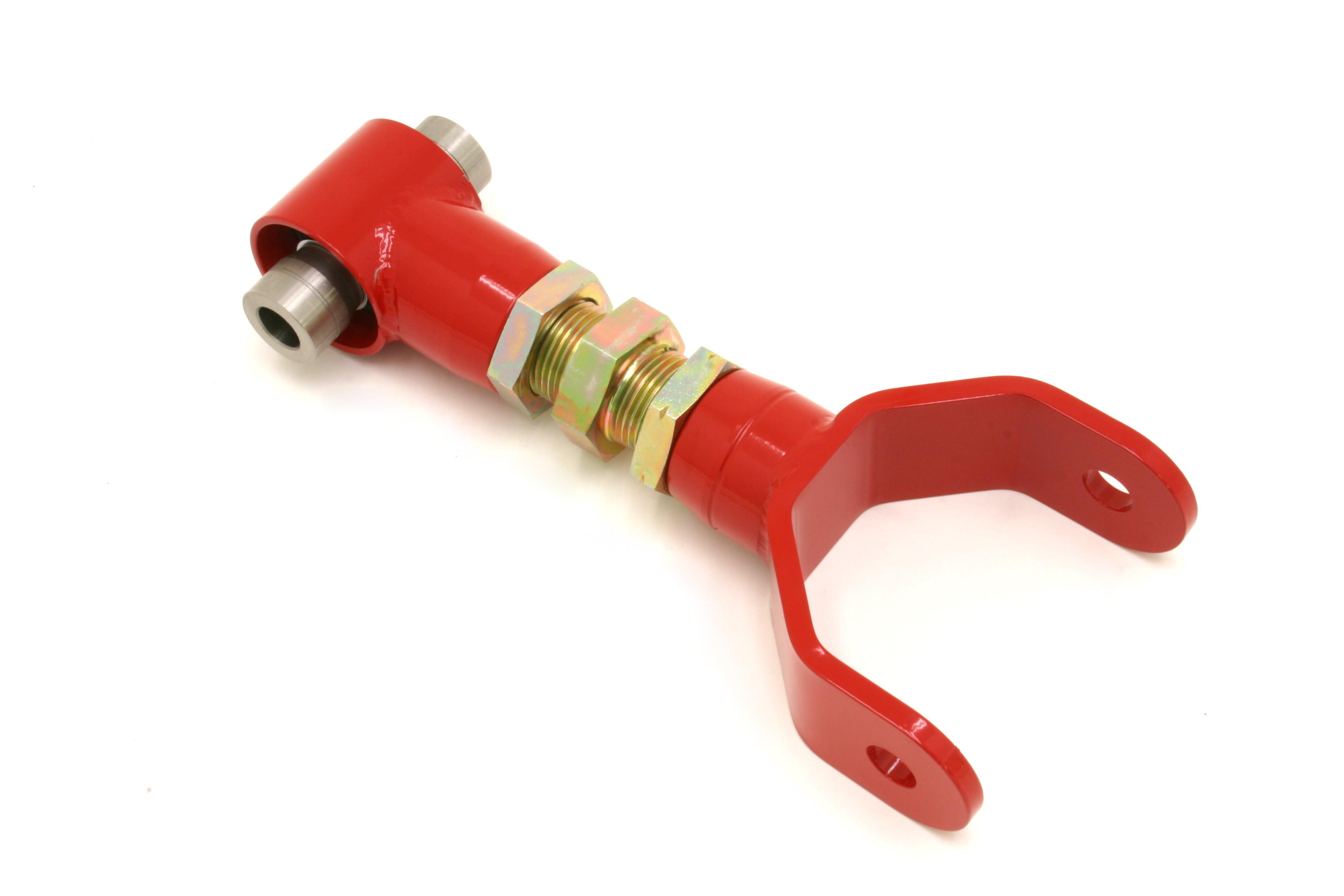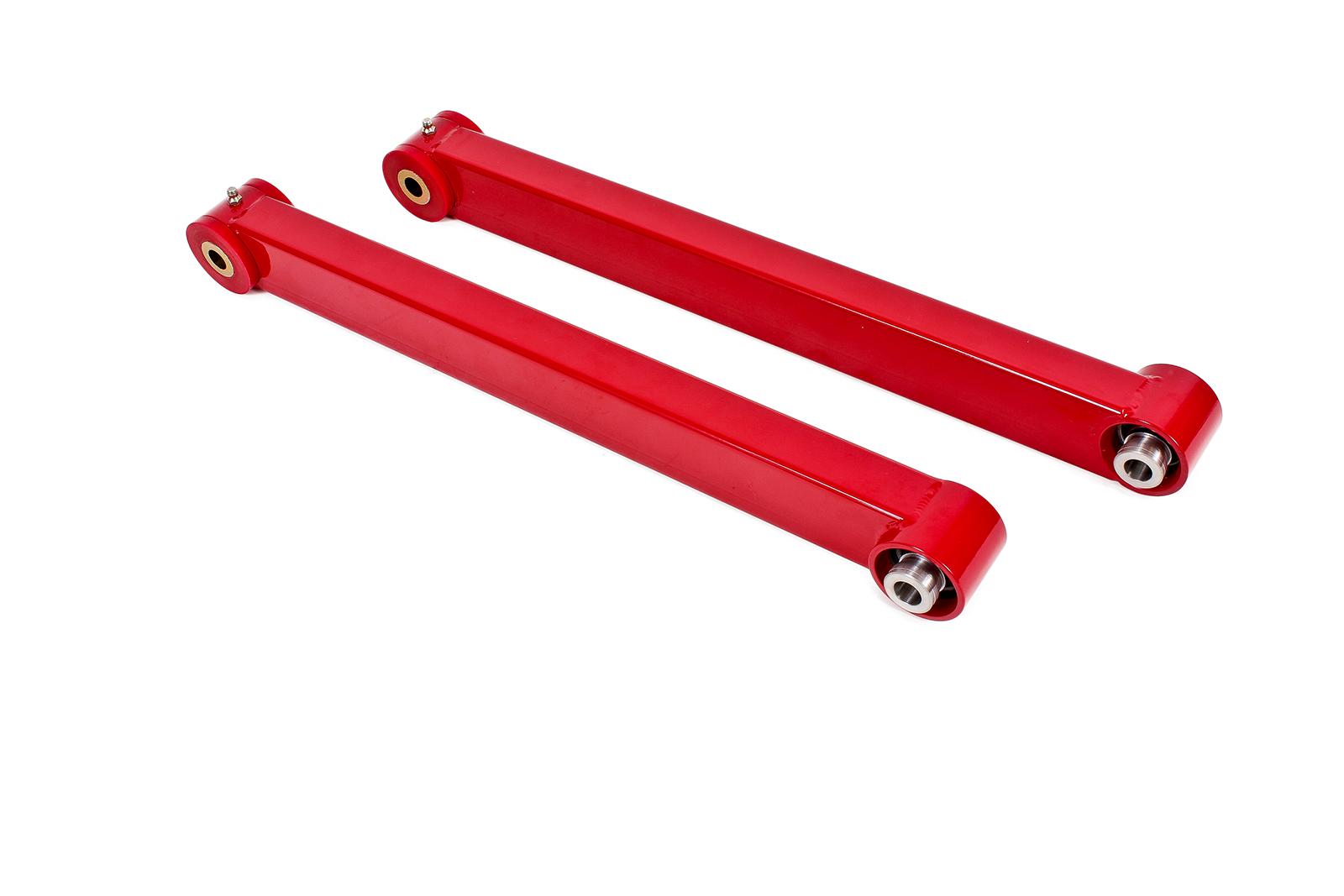Both brackets above were inverted. I also found the setting that Roush uses to adjust and 'lock in' the bracket for proper preload was incorrect. It comes adjusted for a stock Mustang GT. I readjusted it to match the factory arm/bracket I had removed. I recommend that this be done before it is placed in the chassis, as once installed, the chassis underside won't allow you to fit a socket over the nut without some mild 'clearancing'.
Gotta run, more later.
Tob
Does this angle even need to be 'set'?
Won't the angle of the UCA depend on the height of the axle at the time?





